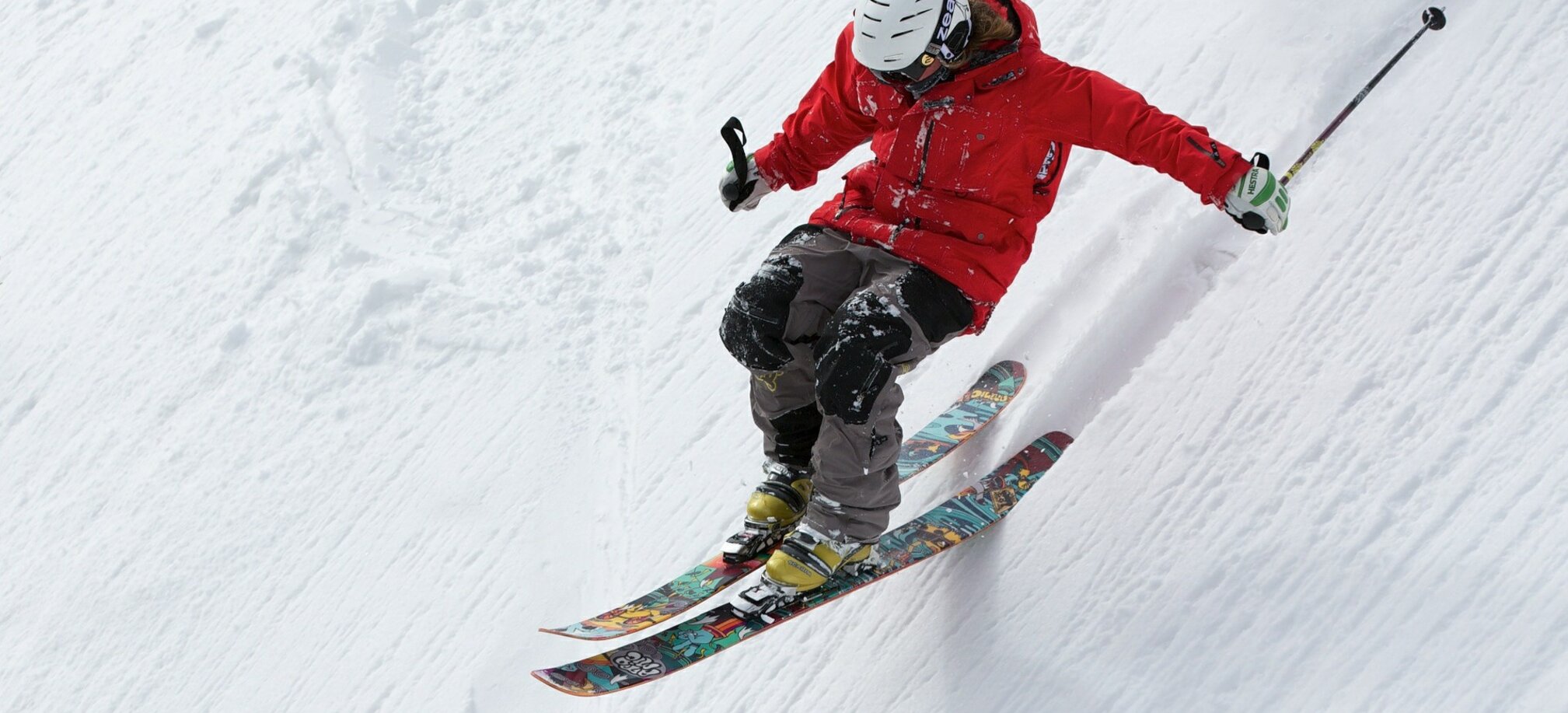Up to a few years ago, back protectors were bulky and heavy, but this has long since not been the case. Whoever fears not being able to move easily in the back protector, will be surprised by how supple and light modern designs have become. They are suitable for skiers, snowboarders and cross-country skiers and can be bought at a very affordable price at most shops: A cheaper one costs about €30, however you might have to do without the maximum comfort and protection.
Basically, one looks at the differences between hard and soft protectors, when you look at back protectors for skiing. The models differentiate in the design and in the functionality.
The soft protectors are predominantly made as a type of vest, which can be closed easily with a zip and is very thin. On the back there is a protective padding, which can fend off impacts. What is important here is a snug fit, as soft protectors are worn directly over the ski underclothing and then other clothes can be worn over it.
Soft protectors offer optimal protection for the back, some designs even offer a padding down to the coccyx.
Hard protectors on the other hand are more of a protective shield. They have fixed panels, which are connected to one another in a flexible way and are additionally kitted out with a hip and chest guard. The incorporated panels are so strong, that even the sharp end of a ski pole poses no threat.
So that a back protector can provide sufficient protection, an exact fit is of the utmost importance. It should not slip while you are wearing it, because then it cannot offer the maximum protection should you fall. It is also highly recommended to try on the back protector before you buy it. With hard protectors, which merely need to be adjusted, choosing the right product is often easier.
It is also important to consider how comfortable it is to wear. It is always an advantage if protectors are made of stretchy material, which adapt to the contours of the body. High quality designs usually have perforations, which reduce the contact surface with the body and then allows for better ventilation.
Absolutely paramount is that the protectors correspond to EU standards EN1621-1 (2) – only these are tested and offer full protection. On average, a high quality protector can be used for between five and seven years before it should be swapped for a new model, as at such a time, if it has been used regularly, the fabric will slowly be coming off piece by piece.
In order to obtain the test mark, the protector must pass several tests, inter alia. different impact tests. The main focus here is the impact energy. The better the protector, the less impact energy is passed on to the human body. Originally this regulation was developed for the motorcycle sport and later transferred to the Ski-Snowboard sport. The standard distinguishes two classes of protection, which applies exclusively to back protectors.
A good tip: Keep your back protector in a protective place when you are not using it, ideally in a protective bag or in a cupboard in the bedroom. If the conditions are too cold or there is too much direct sunlight, this could damage the material and speed up the wear and tear.
This article resulted from the friendly support of helmexpress.com , the experts for safety on the slopes.
